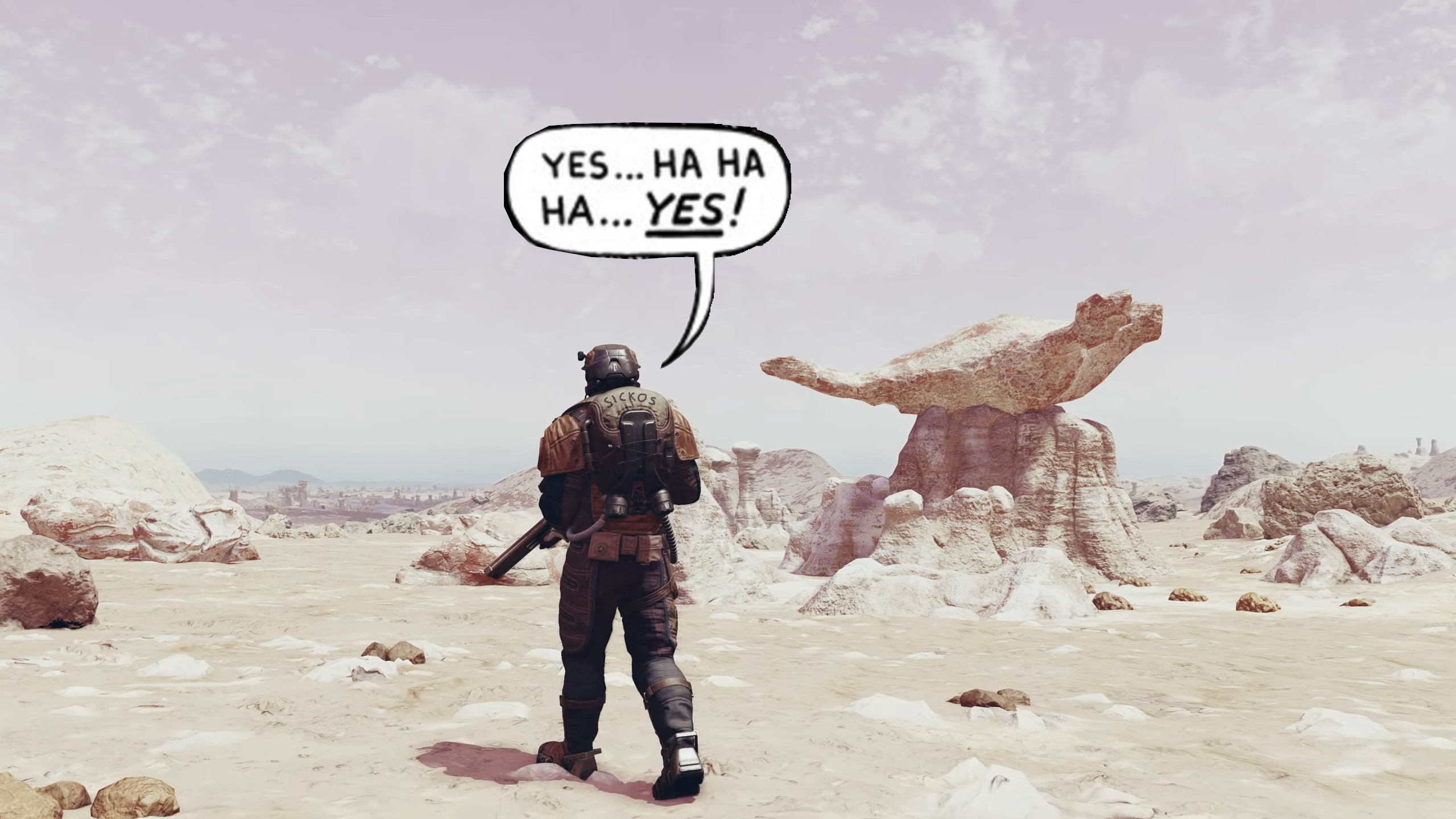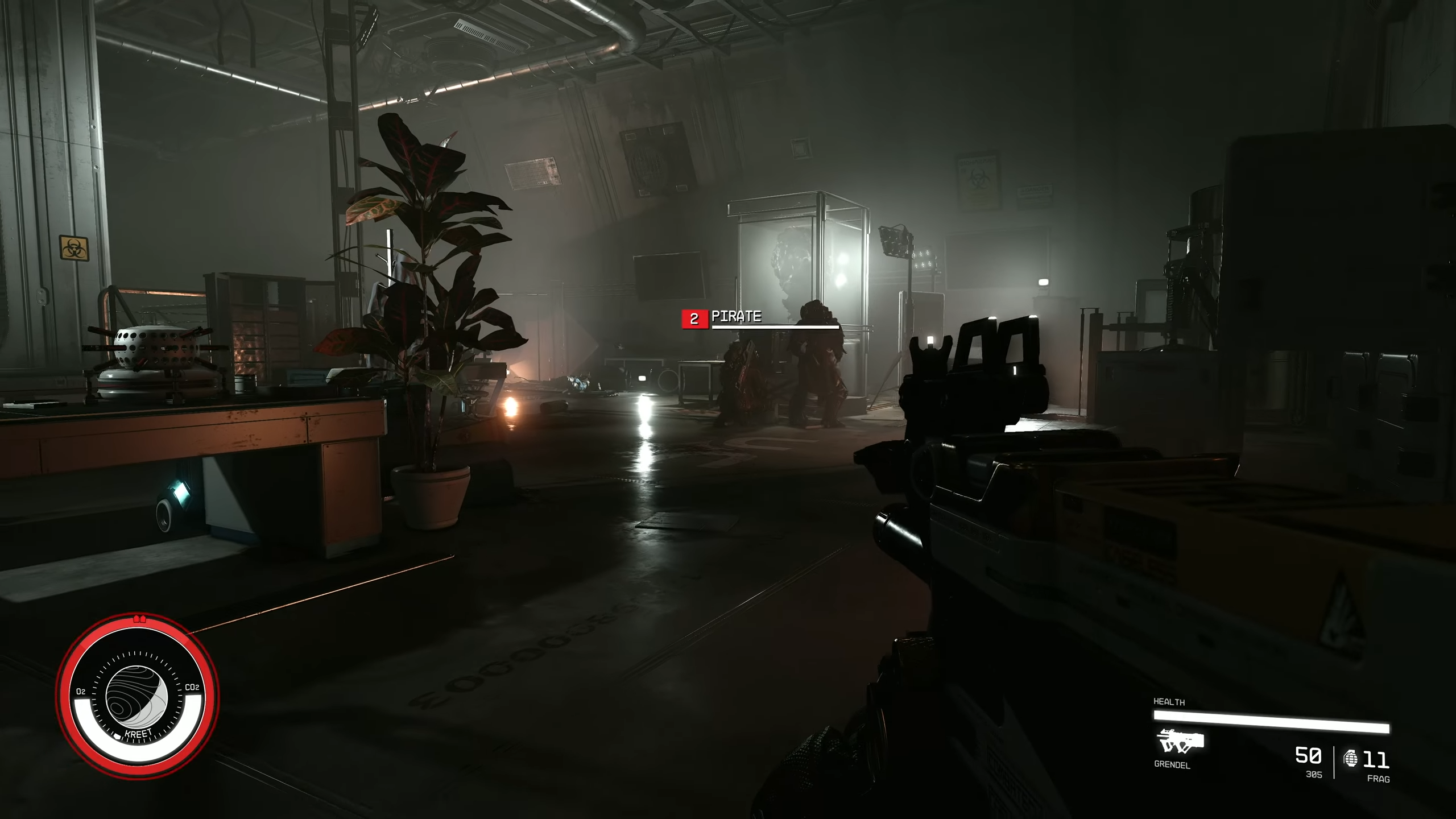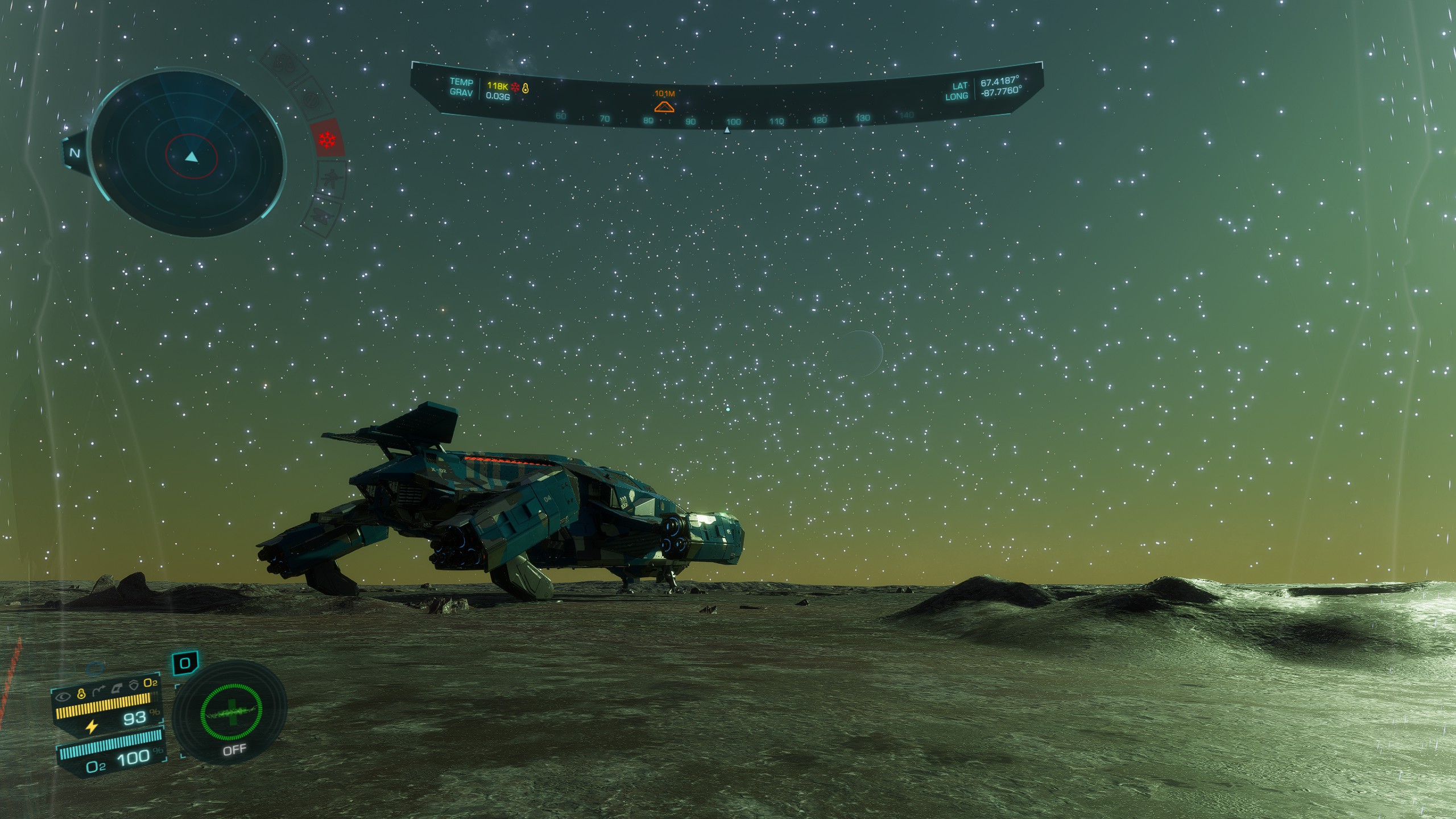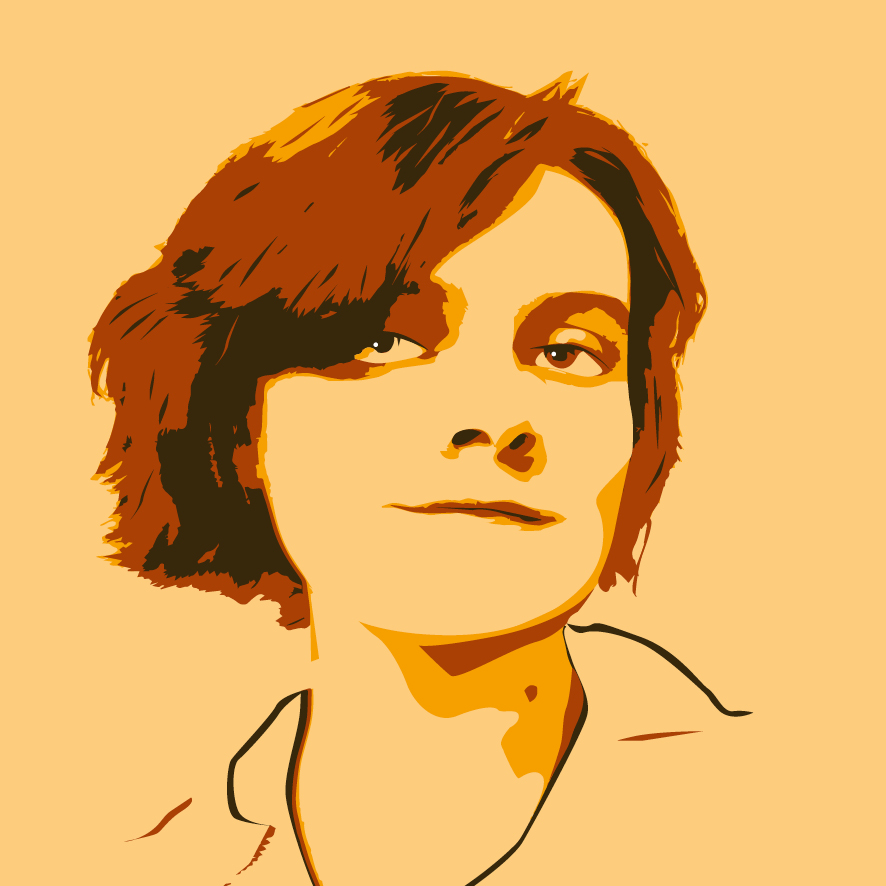I hope Starfield's 1,000 planets are boring, actually
I'd rather play a Starfield with 10,000,000 planets than 10.

Last week Starfield could have been anything. But after last night's Xbox & Bethesda showcase, it became clear that Starfield is very much a Bethesda game—a big daft RPG with factions to curry favour with and plenty of generic bandits to shoot in metal warehouses.
But Starfield has one big, galaxy-sized twist. A ship you can customise and fly through the stars, 100 systems with 1,000 planets spread between them. Bethesda games have always been about scale, but this sheer volume seems to have given my PC Gamer colleagues the fear. There's no way all those planets can be worth visiting, right?
The basic argument is that Starfield would be more interesting with 10 hand-crafted planets than 1,000 presumably proc-genned worlds. Well, the No Man's Sky and Elite Dangerous liker has logged on, and I for one hope Wes' fears are well-founded.
I hope Starfield's planets are boring as hell.
Final frontier
Let's be real: Starfield is a Bethesda game. The showcase cemented the idea that this story isn't going to hold any surprises, with factions jostling over a fairly standard stellar frontier while some ancient alien nonsense lurks under the surface. The combat, both in space and on the ground, also looks like your standard floaty Bethesda affair, sitting somewhere between "unplayably janky" and "fine, I guess".

What does a Starfield with 10 planets look like? A lot of slightly more bespoke combat warehouses and characters telling you those dang pirates are at it again, probably. Sorry, games journalists, but let's be real. Starfield was never going to be Outer Wilds. If Bethesda's going to lean on anything, it might as well be the one thing they've always leant hardest on—scale.
For me, Elder Scrolls and Fallout games have always been best when the map isn't cleared. When there's a chance at something just over the next hill, be it a skeleton on a toilet or a warehouse full of bugs. As soon as the world becomes a known quantity, my interest drops off fast as I'm left with only half-baked combat encounters and serviceable-at-best stories.
The biggest gaming news, reviews and hardware deals
Keep up to date with the most important stories and the best deals, as picked by the PC Gamer team.
So forgive me if I go sickos mode when I see folks say there's no way there'll be enough content to fill a thousand worlds. Hell yeah, I sure hope there isn't! I hope we get a thousand Mass Effect 1 Mako sandbox planets with nothing to do but vibe on. No janky combat dungeon or extremely binary moral choice could be more interesting than seeing (and scanning) a cool rock or bug.
Reverse thrusters
See, I adored No Man's Sky at launch, long before it added what the gamers considered to be good content. A terrifying, lonely game that was content to simply let you soak in some pulp sci-fi landscapes in an impossibly massive cosmos. I am someone who frequently points their Elite: Dangerous ship in a random direction for weeks on end, setting out for planets that truly have nothing to do on them but walk around and vibe under an unknown sun.

Hell, as someone who's spent much of the last month cosplaying a fictional astronaut, I even quite like Starfield's more utilitarian, practical aesthetic—for as much as I love NMS's bizarre pastel landscapes, they often miss a sense of feeling like a cohesive place. That first planet was grey, sure, but we also get glimpses of sparse forested mountains, Mars-like deserts, glacial snowballs and crystal canyons.
Starfield may be missing the absolute scale of a No Man's Sky or Elite, but the idea of nipping around in ugly, utilitarian starships (fully crewed and customizable) and setting up shop on a barren desert world is by far the thing that turned me all the way around. With only a thousand worlds, I'm also hopeful those worlds will have a higher ratio of hits to duds than the practical infinity of those other spacefarers. No Man's Sky is often gorgeous, but there are a whole load of stinkers in a universe of 18 quintillion planets.
At two minutes into Starfield's showcase, I was ready to write it off as another Bethesda game. And it still very much is one, a world that can't imagine sci-fi without gunfights and will probably be riddled with bugs on launch. But as it went on, I was pulled back in. I saw a game that realised the value of quiet, open space, even as those spaces struggled to make themselves known between dogfights and close-up conversations.
Starfield is still going to be a blockbuster tentpole RPG where choices don't really matter and your gun upgrades with a .5% crit perk. But in teasing proximity to the atmosphere of No Man's Sky and Elite Dangerous, it's given me cause to be cautiously excited about a Bethesda game for the first time in a long, long time.

20 years ago, Nat played Jet Set Radio Future for the first time, and she's not stopped thinking about games since. Joining PC Gamer in 2020, she comes from three years of freelance reporting at Rock Paper Shotgun, Waypoint, VG247 and more. Embedded in the European indie scene and a part-time game developer herself, Nat is always looking for a new curiosity to scream about—whether it's the next best indie darling, or simply someone modding a Scotmid into Black Mesa. She also unofficially appears in Apex Legends under the pseudonym Horizon.

